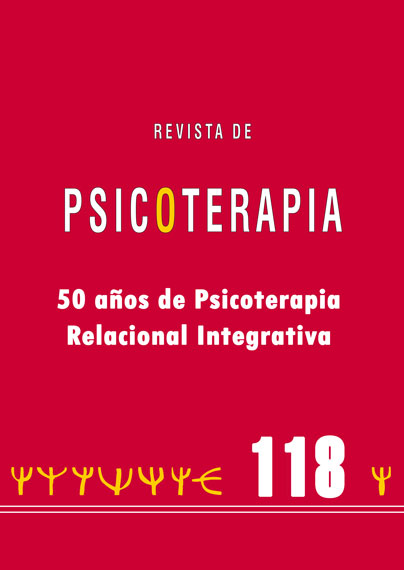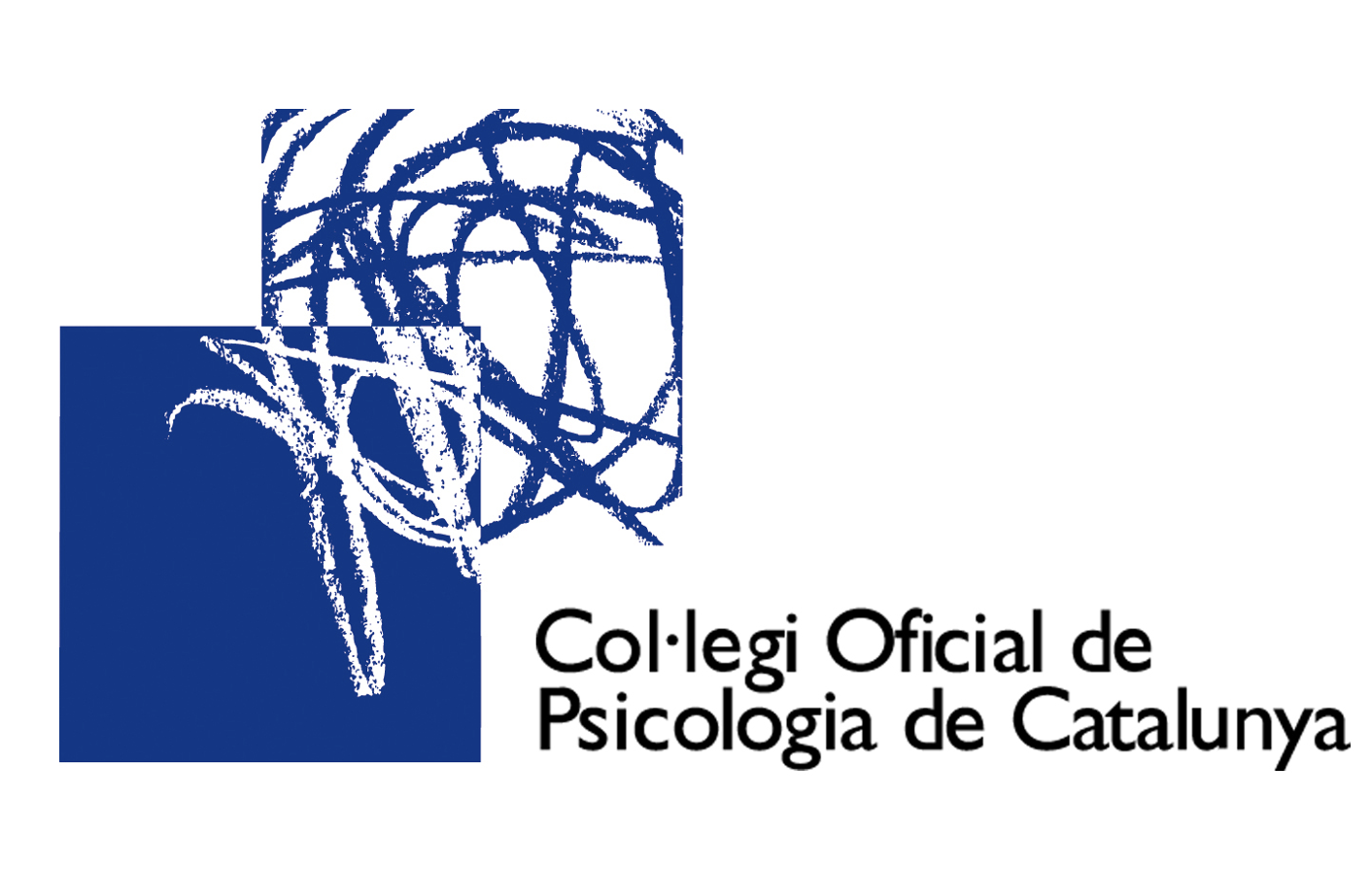Treatment of Unconscious Relational Patterns. Pablo’s case: Involvement and Attunement in Psychotherapy
DOI:
https://doi.org/10.33898/rdp.v32i118.489Keywords:
unconscious relational patterns, psychotherapy, involvement, relationship, self-regulationAbstract
This article describes the psychotherapy process of Unconscious Relational Patterns from a developmentally-based, relationally-focused Integrative Psychotherapy perspective. Pablo’s case illustrates how unconscious relational patterns are formed and how they are expressed in the present. Relational patterns represent a client’s desperate and archaic attempt to self-stabilize and self-regulate to compensate for the pain of his or her life’s story. This article provides an insight into the complexity and uniqueness of unconscious relational patterns, and the genuine interest and deep respect they require. As psychotherapists, it is essential to get involved and offer different and attuned responses to clients’ relational patterns. Establishing a full-contact therapeutic relationship allows clients to make sense and reorganize their experiences, not use their old relational patterns, meet their relational needs, and integrate their experiences into a cohesive sense of self.
Downloads
Downloads
Published
How to Cite
Issue
Section
License
Copyright (c) 2021 Journal of Psychotherapy

This work is licensed under a Creative Commons Attribution-NonCommercial 4.0 International License.
Authors who publish in this journal accept the following conditions:
-
Authors retain copyright and grant the journal the right of first publication, with the work registered under the Creative Commons CC-BY-NC 4.0 International license. This license allows third parties to cite the text and use it without alteration and for non-commercial purposes, provided they credit the authorship of the work and its first publication in this journal.
-
Authors may enter into other independent and additional contractual agreements for the non-exclusive distribution of the version of the article published in this journal (e.g., including it in an institutional repository or publishing it in a book), provided they clearly indicate that the work was first published in this journal.
-
The views expressed in the articles are solely the responsibility of the authors and in no case do they reflect the opinions or scientific policies of the journal.









